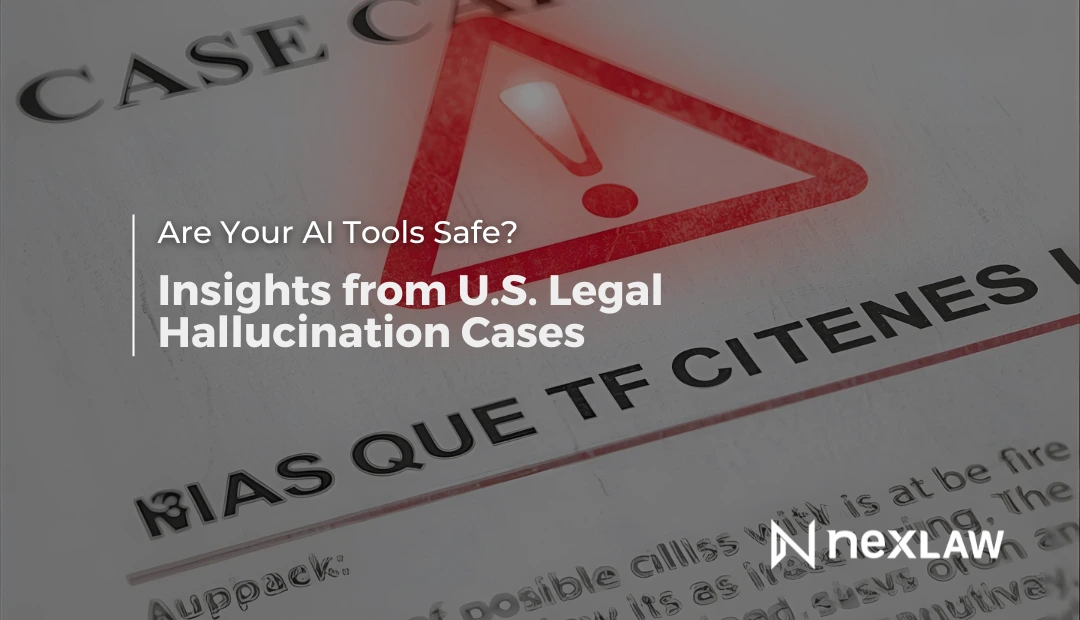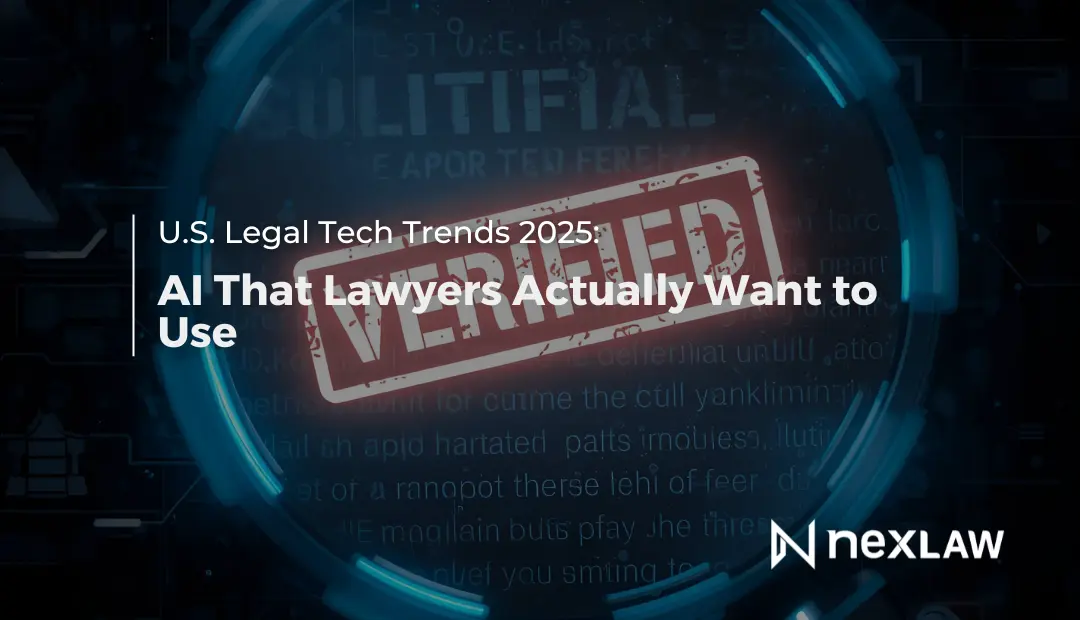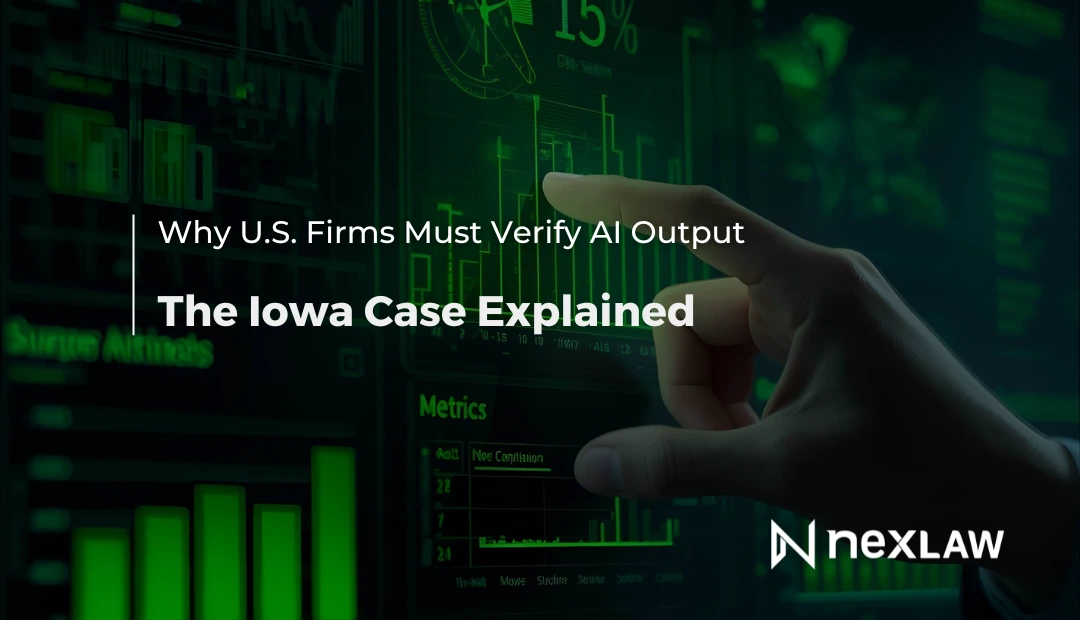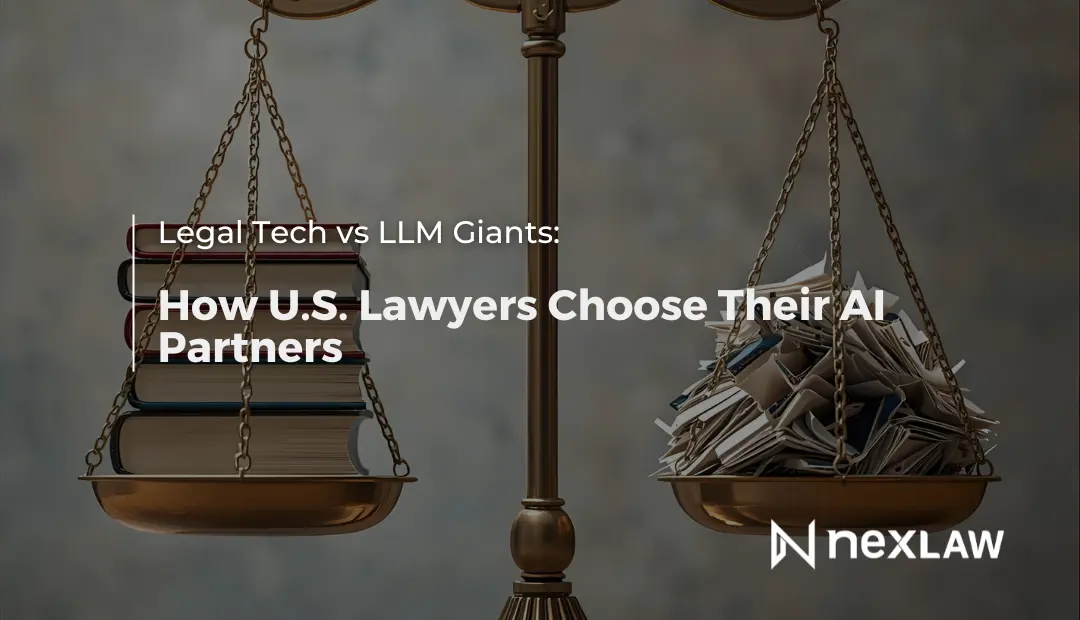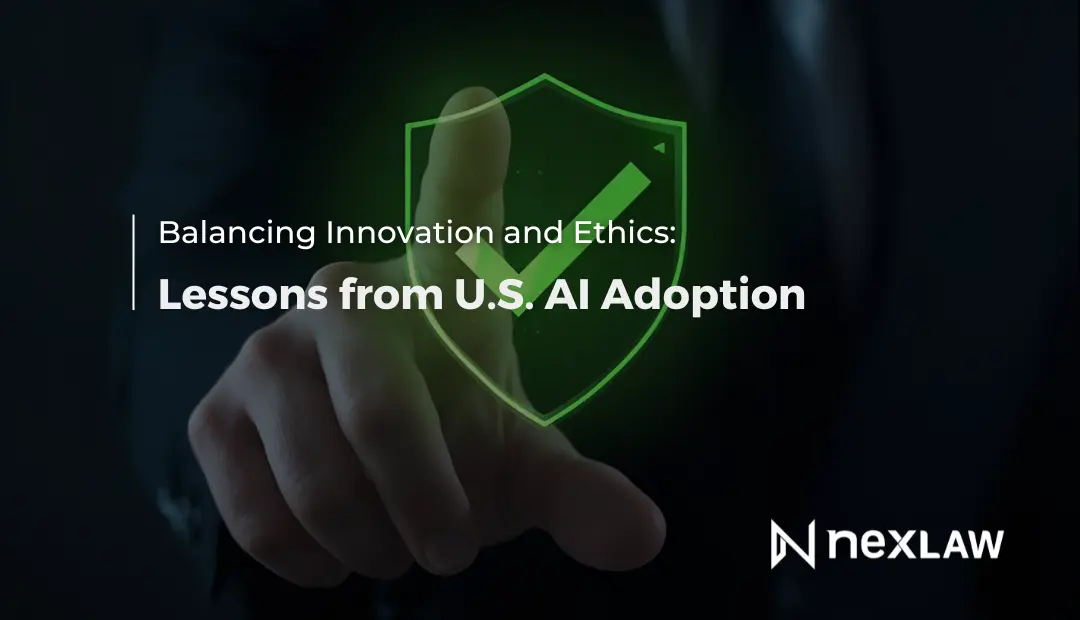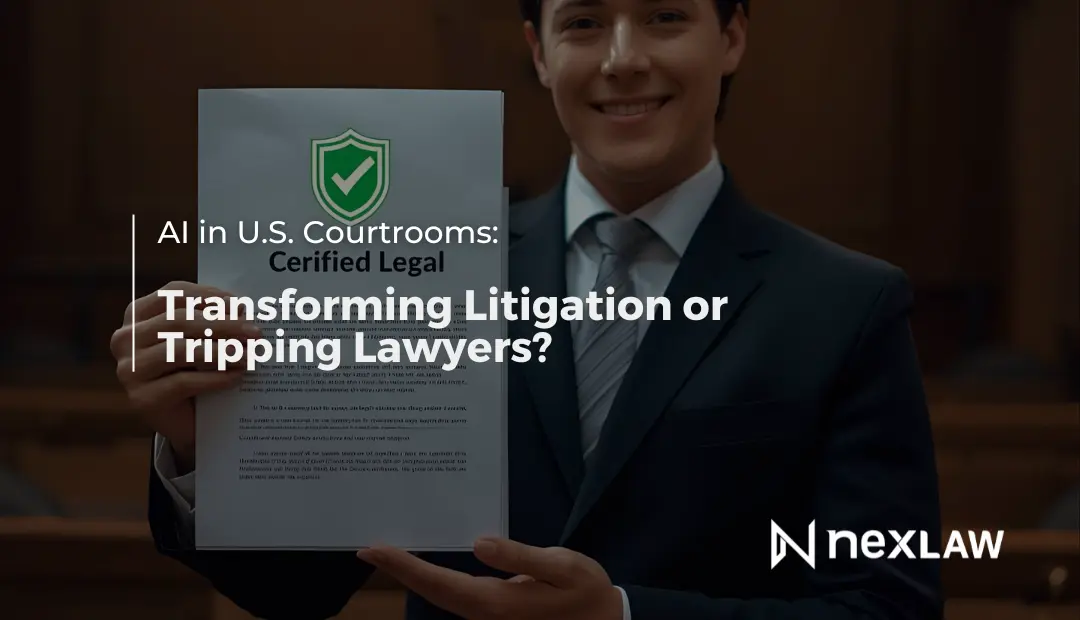Are Your AI Tools Safe? Insights from U.S. Legal Hallucination Cases
AI in Law: A Tool With Real Risks
Artificial intelligence is helping lawyers work faster and smarter. It can summarize case law, draft briefs, and review thousands of documents in minutes. But when AI “hallucinates,” the risks are no longer theoretical.
Unlock Legal Insights Instantly!
A hallucination in legal AI happens when the system generates false information, such as fake case citations, statutes that do not exist, or summaries that misrepresent the facts. These are not just technical glitches. They are errors with serious consequences in court.
As more lawyers rely on AI tools, understanding real-life hallucination incidents is critical. These cases offer important lessons in how to use legal AI responsibly.
What Is a Legal AI Hallucination?
In simple terms, hallucination occurs when an AI model generates incorrect or fabricated content that looks plausible. For legal professionals, that could mean:
- Citations to court opinions that do not exist
- Misinterpretations of legal holdings
- Summaries that omit key limitations
- AI-generated contracts with unenforceable clauses
AI hallucinations often result from how models are trained. General-purpose LLMs are trained on vast datasets that may include misinformation, outdated laws, or poorly cited content. Without verification, users may not realize the output is flawed.
High-Profile Hallucination Cases in U.S. Courts
Mata v. Avianca, Inc. (Southern District of New York, 2023)
Two attorneys used ChatGPT to draft a legal brief. It included several case citations that were completely fabricated. The court discovered the error, and both attorneys were sanctioned for failing to verify the content before filing.
This case received widespread media coverage and became a defining example of legal AI misuse.
California State Bar Complaint (2024)
A California attorney was reported to the State Bar for using AI-generated demand letters that included outdated laws and misquoted judicial opinions. Though no disciplinary action was taken, the firm faced reputational damage and client backlash.
Florida Family Court Incident (2025)
A self-represented litigant used a public AI tool to draft custody pleadings. The documents included inaccurate summaries of state laws. The judge rejected the filing and raised concerns about AI-generated pleadings being treated as legal advice.
These cases highlight the dangers of relying on AI without legal oversight, especially in high-stakes matters.
What Types of Tools Are Most at Risk?
| Tool Type | Risk Level | Reason |
|---|---|---|
| General-purpose AI chatbots | High | Not trained for legal accuracy or jurisdictional nuances |
| AI tools without audit trails | High | Cannot trace where the information came from |
| Closed-source legal apps | Medium | Risk depends on how they source and validate their content |
| Verified legal AI platforms | Low | Built with compliance and verification features for legal professionals |
How to Spot an AI Hallucination Before It Reaches the Court
- Check every citation manually Even when AI provides full citations, verify each one with Westlaw, LexisNexis, or court databases.
- Ask follow-up questions If something looks suspicious, ask the AI where it sourced the information. If it cannot show a source, assume the information is unreliable.
- Use AI tools with audit logs Choose platforms that let you trace information back to the source document or case law.
- Train your team Make AI risk awareness part of your internal quality assurance process.
Best Practices for Using AI Without Risk
- Use AI only as a starting point, not the final word
- Avoid open-web tools for client-sensitive documents
- Require human review of every AI-assisted draft or memo
- Disclose AI use to clients when relevant
- Choose platforms that specialize in law, not general productivity apps
How NexLaw Helps Prevent Hallucinations
Legal hallucinations—inaccurate or fabricated citations generated by AI—can lead to serious professional consequences. NEXLAW was built specifically to help U.S. law firms prevent these risks at every step of their litigation workflow.
Rather than relying on general-purpose AI, NexLaw integrates safeguards that support legal accuracy and professional accountability.
How NexLaw Minimizes the Risk of Hallucinated Outputs
- NEXA pulls research suggestions only from validated legal databases and includes full citation trails for source verification
- CHRONOVAULT 2.0 connects every fact to its original document, ensuring you always know where the information came from
- TRIALPREP supports argument construction with human-reviewed chronologies and clear input validation points
Together, these tools create an ecosystem where accuracy is not optional—it is built into every feature. NexLaw helps prevent errors before they make it into briefs, motions, or hearings.
Final Takeaway: Trust but Verify
AI can accelerate legal workflows, but it cannot replace professional responsibility. The burden of truth always remains with the attorney.
Hallucinated outputs are more than just embarrassing. They can damage reputations, strain client trust, and even result in sanctions.
The solution is to use legal-specific AI platforms that are built for accuracy, designed for auditability, and grounded in ethical practice.
- Start with a 3-day free trial—no credit card required
- Prefer to explore the full platform? Try the 7-day free trial with advanced access
- Want guidance before you begin? Book a demo call and see how NexLaw helps prevent courtroom missteps
